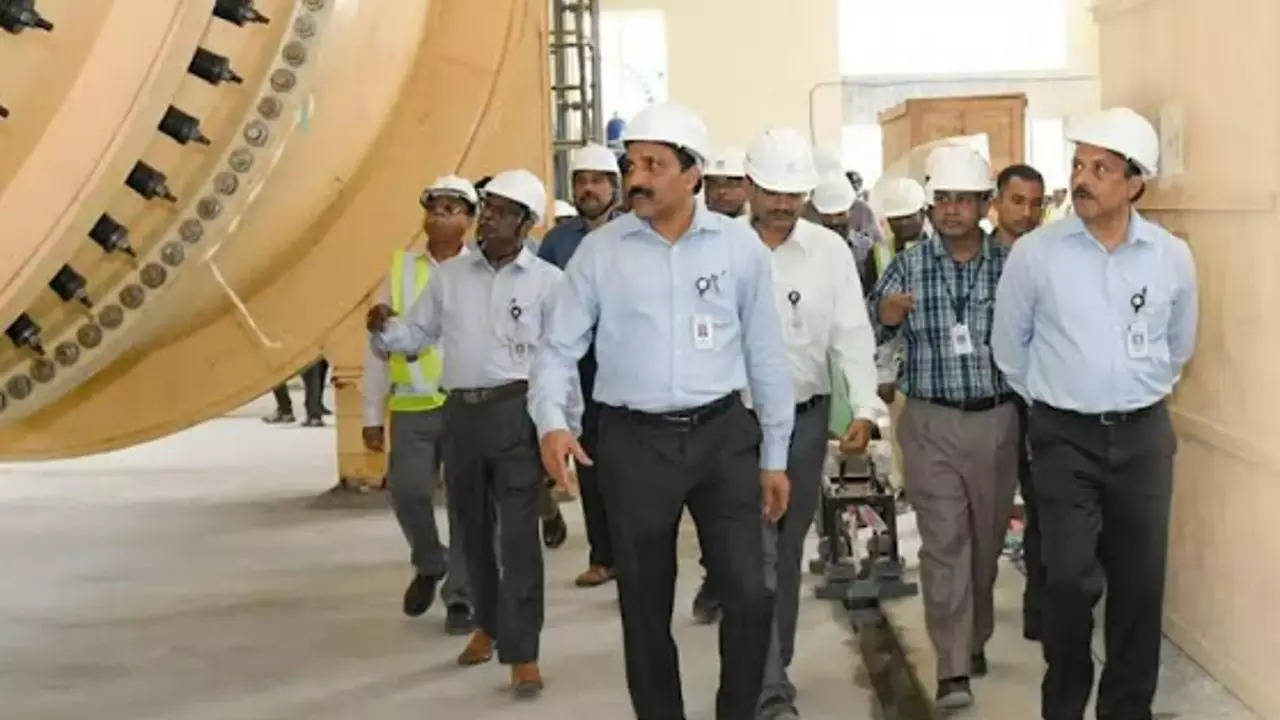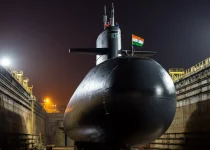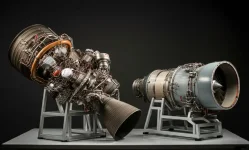- Views: 531
- Replies: 2

The Indian Space Research Organisation (ISRO) has achieved a major milestone in its aerospace endeavors with the inauguration of a cutting-edge, large trisonic wind tunnel (TWT) at the Vikram Sarabhai Space Centre (VSSC).
This state-of-the-art facility marks a significant step forward, enabling India to optimize the design of future space vehicles and streamline its space exploration programs.
The TWT possesses the unique ability to simulate three diverse flight regimes: subsonic (below the speed of sound), transonic (at the speed of sound), and hypersonic (faster than the speed of sound).
This comprehensive capability allows engineers to test scaled-down models of rockets and spacecraft, meticulously analyzing their performance under various conditions they would encounter in actual flight scenarios.
Key Advantages of the TWT
- Enhanced Aerodynamic Design: Data gathered from the wind tunnel simulations will empower ISRO engineers to refine spacecraft and rocket designs, leading to improved performance, stability, and fuel efficiency.
- Cost-Effective Development: By eliminating the need for frequent, expensive real-world flight trials, the TWT streamlines ISRO's development process, allowing for more rapid design iterations and overall cost savings.
- Global Leadership: India cements its position as a formidable player in the space exploration arena, joining a select group of nations boasting hypersonic testing facilities. This strengthens the nation's technological prowess and boosts its reputation as a global space power.
This integrated testing infrastructure establishes India as a frontrunner in aerospace research, capable of rigorously testing designs across a broad spectrum of speed ranges.



